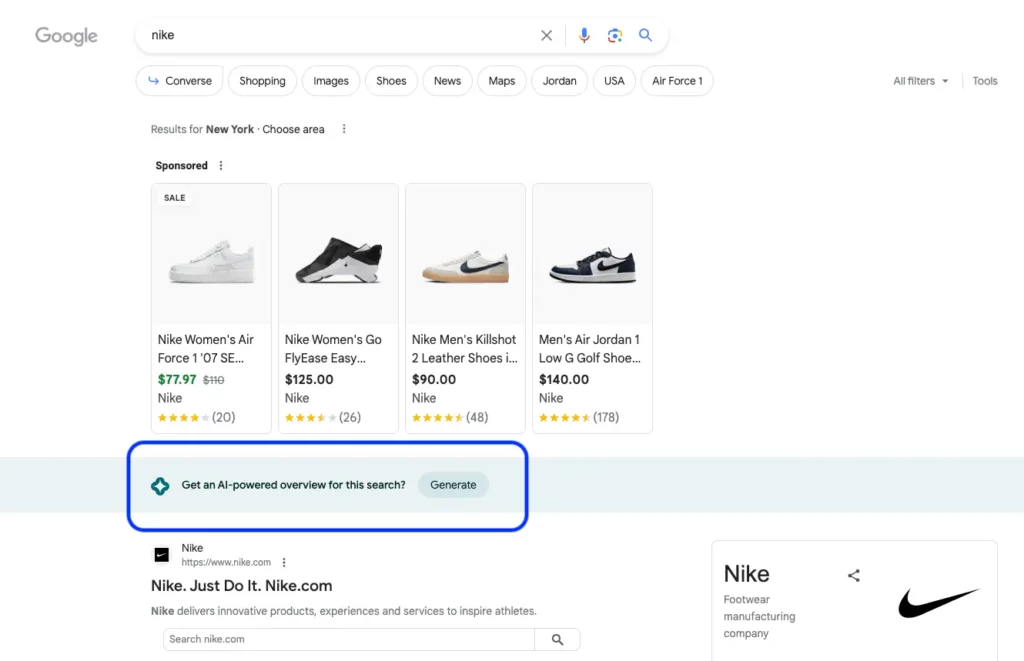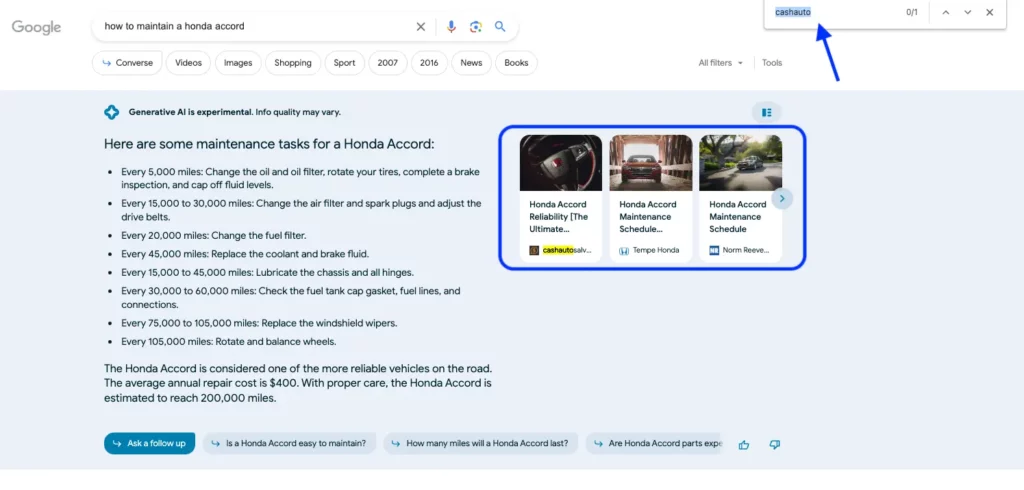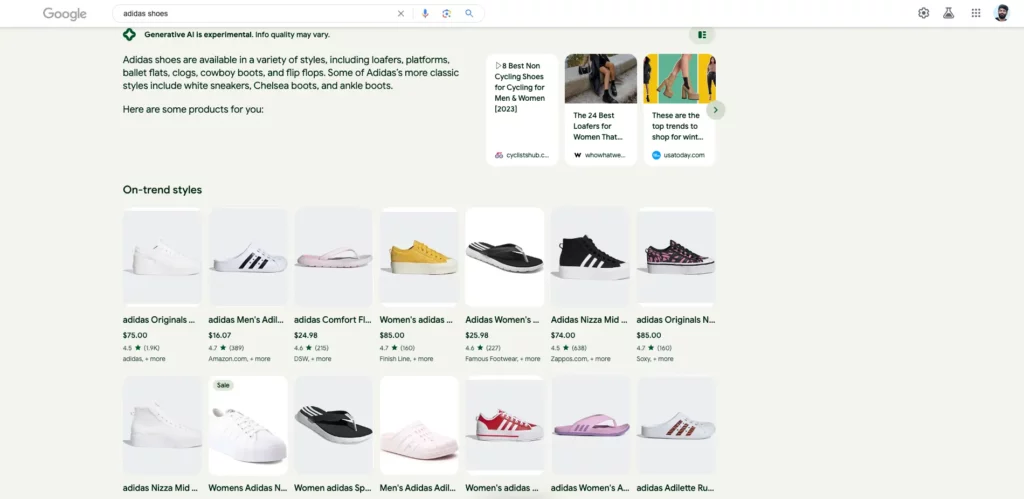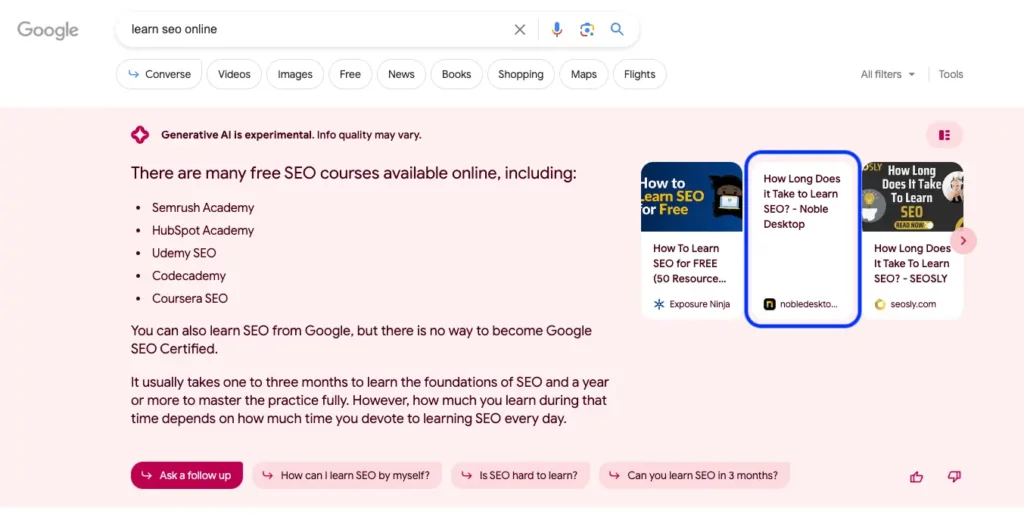Google opened access to Search Labs with Generative AI tools on 26 May 2023 to a small group on the waitlist. Luckily I got access to it, and here’s my review after using it for a couple of days.
How to get access to the Search Lab’s waitlist?
Google announced the Search Labs during their Google I/O 2023 event. Initially, joining the waitlist was limited to users from the United States only. If you live outside the United States and want to get into the Google Search Labs waitlist, check out this article, where I explain how to access the Search Labs waitlist.
What is SGE (Search Generative Experience)?
In simple language, SGE is the new search experience by Google with an integrated AI to assist users with answers. Google calls this AI technology as generative AI because it is capable of generating answers by itself in a summarised way, as it is already trained with a lot of things on the internet.

My Review after using SGE for a couple of days
- I felt like, Google is now more aware of the user’s intent behind the search queries. I saw the presentation of search results varying according to the type of queries searched.
- Different varieties of results make more real estate and obviously create more referrals from the search.
- Generative AI is not always autogenerating answers. For some of my searches, I observed that Google is not auto-populating answers with generative AI. Here’s a screenshot of an example query. In some cases like this, you must click the “Generate” button to trigger the AI answer.

- Another thing I noticed is that some of the link snippets (don’t know what Google calls it) in the generative AI answer will not always be there in the first-page search result. Here’s a screenshot showing the same. You can see the word is only detected once, so it is confirmed. There are also cases where none of these three posts appear on search results.

- As a supportive factor to the previous point, I would say focusing more on the featured images is better. In the above images, we can see the image in the link snippets are not that much fit when it comes to the generative AI layout. So, adjusting the aspect ratio of images would be better if the featured images had text in them.
- I also noted that the “People as Asked section” questions also appear inside the generative AI. It is placed at the bottom near to “Ask a follow up” button.
- So far, I have seen various generative ai results, including paragraph texts, bullet points, numbered lists, maps, Product feed from the merchant center, and tab-like lists with a heading and image, sometimes without an image.
- For eCommerce websites, there is more space inside the generative ai results to get more clicks to the website. For those who are managing eCommerce websites, It is time to focus more on the quality of product images and titles to increase the CTR.

- The position of organic results is now out of the viewport. After the Search Generative Experience, Google displays up to 4 sponsored ads followed by the generative AI box and then displays the organic results.
- The generative Ai results in Google will show your post in the results even if it has no featured image. So, if your blog post doesn’t have a featured image, it is time to set one. Here’s how it will look when there is no featured snippet.

Since the search labs program is experimental and there are chances that Google may introduce new features and revoke them anytime.
So, I’ve decided to follow the following sources to know more about Google SGE. These people are closely monitoring the changes, so I’ll read their tweets and blogs instead of trying everything by myself.
- Twitter thread by Barry Schwartz
- Blogs about SGE on Search Engine Roundtable ( Thanks Barry )
- SGE-related blogs on Search Engine Journal
So, these are my current thoughts and observations based on Google’s generative AI.
Last Updated on June 7, 2023 by Ujesh